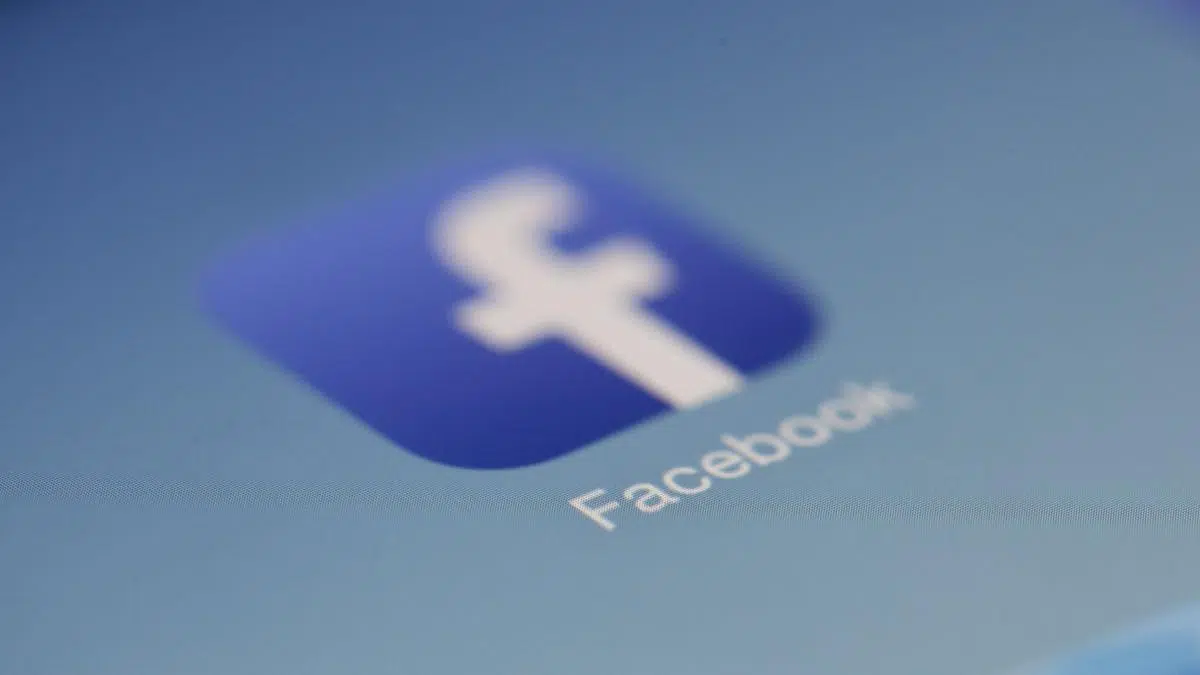Every day, more organisations are integrating paid social advertising into their marketing strategies. Of the social media platforms currently in existence, Facebook remains the dominant social platform by membership in the UK. Facebook has been plagued by numerous scandals, including the recent #StopHateForProfit campaign that has caused leading brands to pull their advertising from the platform in protest against Facebook’s inability to curb ‘fake news’ and discriminatory content. However, 78% of UK internet users have a Facebook profile, and that doesn’t appear to be changing anytime soon; that equates to around 40 million people who could be viewing brand advertising through their social media feed.
Why are brands boycotting Facebook?
At the time of writing, hundreds of brands have withdrawn their paid advertising campaigns in an ongoing debate over whether social media giants should police hate speech and fact check posts. The potential impact is huge, as Facebook’s entire business model is built on engagement. For every minute a Facebook user likes, shares and scrolls, they become more likely to see advertising on their feed. Inflammatory content that provokes people’s emotions is more likely to go viral and be shared more widely, essentially meaning that part of Facebook’s economic prosperity is related to posts that incite outrage. But how does Facebook determine who sees certain posts in the first place?
Facebook defines reach as ‘the number of people who have seen your post in the first 28 days after a post’s publication (on both desktop and mobile).’ What defines a user having ‘seen’ the post has evolved over time. Facebook used to count a post as being ‘seen’ by a user if it was loaded in their feed. Now, a user has to scroll to/over the post on their feed for a ‘reach’ to be counted.
How does Facebook measure reach?
• Organic – The number of unique people who saw your post in their feed, ticker or on your page.
• Paid – The number of unique people who saw your post in an ad or as a promoted post.
• Viral – Unique people who saw your post in a story from a friend.
• Total – The number of unique people who saw your post.
Facebook’s ranking signals have changed over time. Ranking signals are defined as data that is collected about how users historically behave on Facebook. As of 2020, these ranking signals are:
- The genre of media used in the post, such as a photo, link or video
- Who users tend to interact with on the platform
- How popular a post is
If there are brands targeting the same audience group with a better score on the above, their posts will show ahead of yours and therefore reach could be decreased.
REACH CAN BE INCREASED BY IMPROVING YOur Facebook promoted posts
Here are some quick tips:
- Keep it short
- Be visual and multimedia (pictures, photo albums and videos are great)
- Ask questions to maximise genuine engagement
- Post frequently
- Be relevant but not pushy
- Test timings with your audience
Essentially, Facebook recommends those looking to utilise Facebook as a marketing channel to focus on engagement levels as a marker of a successful campaign. We know that reach is driven by engagement – so content should be designed to be consumable and shareable.
For more information on our marketing communications services and Facebook promoted posts, email customerservice@mackmangroup.co.uk or call 01787 388038 to speak to one of our friendly team.
